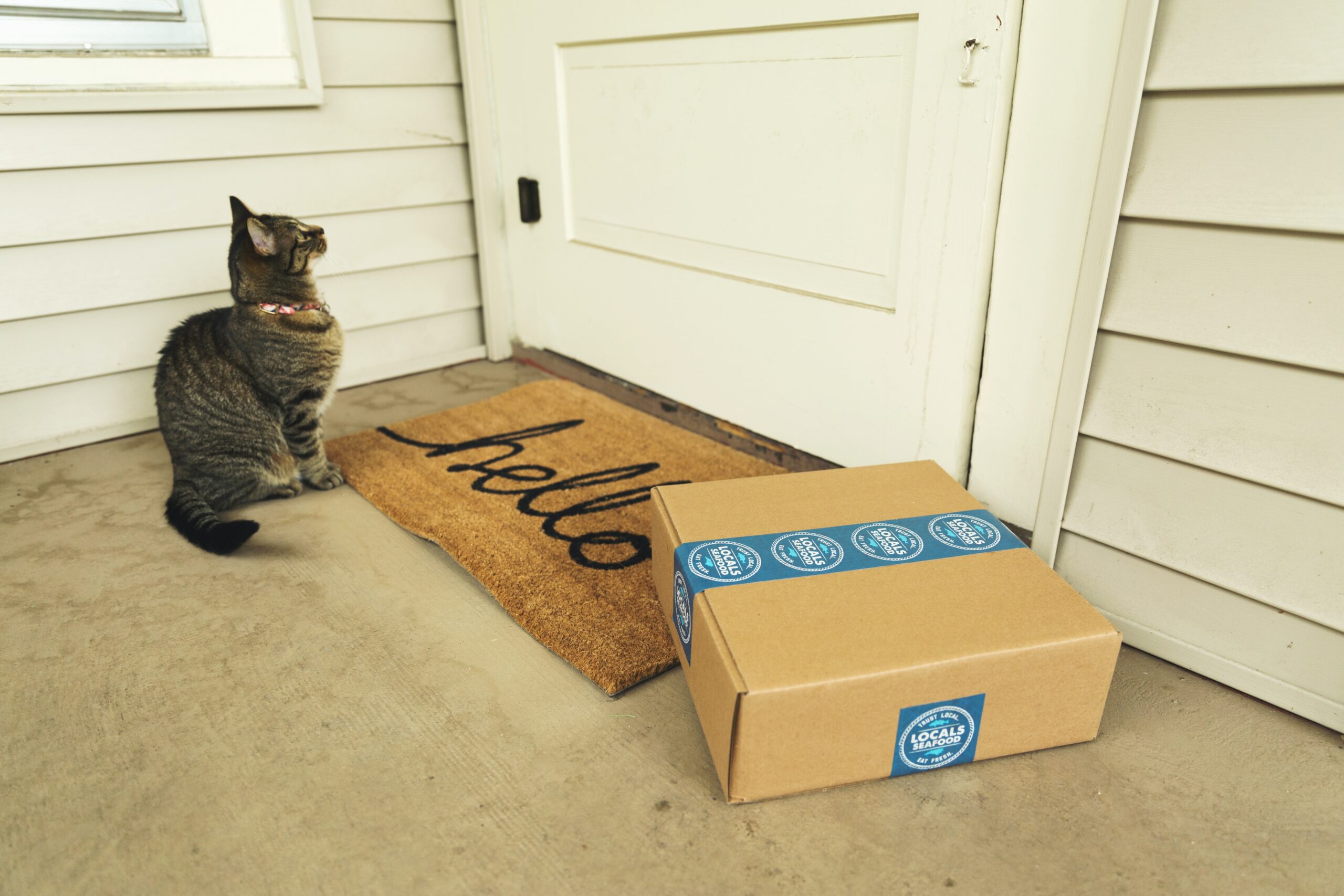Subscription services really took off in 2020 thanks to a combination of lockdown driving online shopping, consumers’ desire to save money, and the innate convenience of the subscription model.
But retail subscription services aren’t a new phenomenon: magazine and newspaper services have been around for decades while Blockbuster gave way to Amazon Lovefilm (its DVD rental service) before streaming took over.

The subscription phenomenon
The brands who were already offering subscription services for beauty, grooming, food and more prior to the pandemic found themselves ahead of the game when lockdown started. In fact, research showed that – unlike many other areas of retail – almost 90% of subscription services were either maintained or grew during the first lockdown.
The Data & Marketing Association (DMA) also reported that customers’ interest in subscription-based buying increased significantly from 2019 to 2020, with consumers buying more personal hygiene products (15%), clothes (15%), beauty and cleaning products (14%), and alcohol (13%) via a monthly subscription in 2020 – all notable increases from the previous year. 45% of consumers streamed live television at least weekly, up from 20% in 2017.
Since then, subscription culture has remained steady, and according to Royal Mail’s recent UK Subscription Box Market report, the UK subscription box market is set to be worth £1.8 billion by 2025. In fact, the value of the subscription box market has more than doubled in size since Royal Mail’s last report on the industry, thanks in part to the Covid-19 pandemic and the more general acceleration in online retail growth.
So what does 2022 hold for the subscriptions market? New subscription offerings are on the rise, with 83% of subscription-selling retailers launching an average of three new subscription products or services since the start of 2021. While new product lines help brands to keep up with demand, it also means increased competition for consumer spend and loyalty.
Over a quarter of UK consumers have at least one subscription service and half of 25 to 34-year-olds will have a new service by the end of Q2 this year. As a nation of convenience lovers, it is unlikely the subscription market will experience a slow down, and retailers are predicting the sector will experience a further 30% growth over the coming year.
The rise of hybrid retail
The repercussions of lockdown – forcing retailers to close then reopen multiple times over the past two years – and more recent supply chain shortages have given rise to hybrid shopping: with consumers looking for what they want across multiple channels, both online and off.
This trend will no doubt continue, and brands must ensure that their multiple online presences are as robust as their (or their competitors’) bricks-and-mortar one. Brands should support this with both online and offline channels of communication, such as direct mail, door drops, email marketing and social media advertising, which will provide consumers with a more complete multi-channel experience.
The end of cancel(lation) culture
Alongside the rise in subscription services during the UK lockdowns, there was also a new form of cancel culture growing in the retail industry. At the same time as brands were encouraging consumers to buy from them with incentives such as free trials and rewards for referring friends and family, there was also a spike in unsubscribing. 48% of those who had taken out a new subscription service in 2021 cancelled within the first two months. Whether they were making the most of a good introductory deal or were unsatisfied with the product, the need to shop around and to presumably get the best value for money remained a priority.
In 2022, the situation is already looking different: in December last year, the cancel rate was down to just 14% and still on a downward trajectory. This could perhaps be due to the rise in customer loyalty.
Encouraging customer loyalty
The improved personalisation that subscription services offer – how many weekly meals we need delivered, how often we need to replenish our loo rolls, even the condition of our hair and skin – should be used carefully and wisely by brands in order to nurture customer loyalty.
Personalisation is key to attracting loyalty: 80% of consumers are more likely to purchase from a retailer that sends personal content.
As well as taking the personal approach, brands need to be targeted, accurate and timely when communicating with customers. Using the knowledge gathered from subscription services, they can tailor personalised approaches that will make the customer experience seamless and convenient.
They can also offer flexibility in payments and the opportunity to delay deliveries in order to give customers the most convenient experience. As the subscriptions industry continues its upward trajectory, it will be more important than ever for retailers to retain their existing customers.
The growth of green consumerism
Last year’s COP 26 furthered many eco-focused initiatives in the retail industry. From recycled packaging, carbon neutral deliveries to eco-friendly fabrics, retailers are doing everything they can to ensure they are as green as possible.
Research also shows that 17% of consumers buy from brands because they have an eco-friendly supply chain; 12% buy from brands that share the same environmental values as them; while 65% of consumers are willing to pay 20% more for sustainable purchases. Ensuring that their subscription services are as green as possible gives brands a better opportunity not just to retain existing customers but also attract new ones.
How to grow your customer base
Brands need to find the business model that is the best fit for them. As hybrid shopping continues to dominate, brands need to move their focus to both online and offline forms of communication, online retail spaces and customer convenience both online and offline.
Retailers should analyse the data from every marketing channel and use it to help them stay close to their consumers’ wants and needs. This way their subscription box service remains valuable.
Additionally, data can be harnessed to grow the customer base effectively. For instance, during lockdown, direct mail emerged as a proven and highly successful method for attracting people working from home. By utilizing a permissioned and fully compliant database of consumer information, businesses can conduct a Direct Mail Results Analysis that combines customer data with unique variables such as demographic information, geolocation, affluence, household spend, interest in specific shopping sectors (e.g., beer), and mail order buyers. This approach not only enhances targeting but also optimizes campaign effectiveness..
It is possible to then supplement this with additional selections that identify individuals and households with a propensity for purchasing a particular product at home, and propensity of loyalty to subscriber services. These kinds of acquisition campaigns can be rolled out alongside other marketing activities to ensure a successful new business strategy.
With subscription services here to stay, brands have an incredible opportunity to bring convenience to customers while ensuring themselves a healthy and sustainable retail model. We look forward to seeing the growth of the subscription box in 2022.
Scott Logie is Customer Engagement Director at REaD Group and Chair of the Customer Engagement Committee of the DMA (Data & Marketing Association).
















